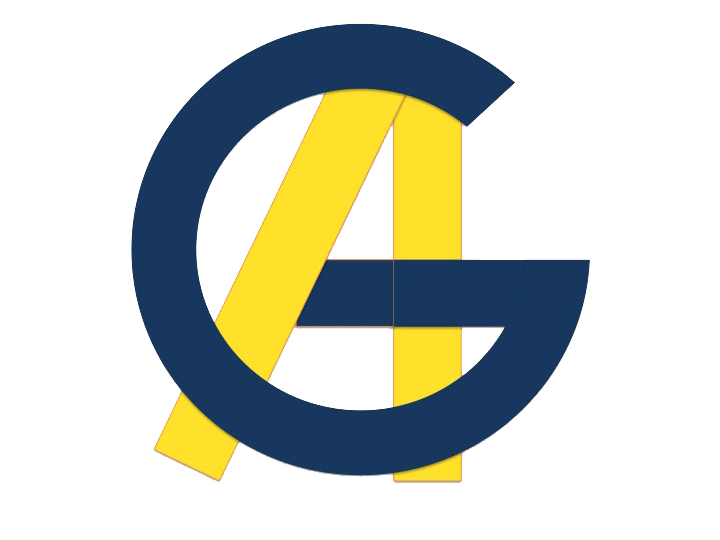6410 W. Gulf To Lake Hwy
Crystal River, FL 34429
352-563-2450
3653 E. Forest Drive
Inverness, FL 34452
Note: Please call during open hours to make appointments or submit information here, allow up to 48hrs for calls/messages to be returned.
Opening Hours:
MON 8:00am – 4:00pm
TUES 8:00am – 4:00pm
WED 8:00am – 4:00pm
THUR 8:00am – 4:00pm
FRI 8:00am – 4:00pm
SAT/SUN CLOSED
Indigestion (Dyspepsia)
What is Dyspepsia?
It is one of the most prevalent gastrointestinal disorders and is not identified as a single disease itself but is rather characterized by a complex of symptoms that often overlaps with other diseases. Patients may experience pain or discomfort in the upper abdomen following food intake with no obvious cause. Dyspepsia may be classified into further subtypes- epigastric pain syndrome and postprandial distress syndrome.
What causes dyspepsia?
Dyspepsia is a multifactorial disorder, various mechanisms can contribute to dyspepsia and is associated with delay in gastric emptying and infection with bacteria, specifically H. pylori. Additionally, due to the central nervous system and enteric nervous system connection, any disruption in the innervation of the gastrointestinal tract may cause dyspepsia due to its effect on secretions, sphincter control, motility, and blood flow. Other causes may be due to diseases that include peptic ulcer disease, gastroesophageal reflux, medications like nonsteroidal anti-inflammatory agents, and although uncommon, gastric malignancy.
What are symptoms of dyspepsia?
- Postprandial fullness
- Early fullness
- Epigastric pain
- Epigastric burning
- No evidence of structural disease
How is dyspepsia diagnosed?
For patients 55 years of age or older, an upper endoscopy is performed and may be used to rule
out H. pylori with biopsies of the stomach, which is a potential underlying cause of peptic ulcer
disease leading to dyspepsia. Moreover, if a patient is less than 55 years of age, patients are
tested for H. pylori and an upper endoscopy is performed selectively. If a patient is tested
negative for H. pylori or continue to have symptoms after treatment for H. pylori, then a course
of proton pump inhibitor may be started by the provider.
How is dyspepsia treated?
Patients with dyspepsia caused by H. pylori should be treated accordingly with antibiotic therapy. For those who are negative for H. pylori or still having symptoms of dyspepsia following treatment for the bacteria can be treated with the use of proton pump inhibitors (PPI) as an antisecretory therapy. Moreover, if symptoms do not improve with the use of proton pump inhibitor after 8 weeks, a trial of tricyclic antidepressant may be used and if this is ineffective, a prokinetic may be used as a last resort.
References
Enck P, Azpiroz F, et al. Functional dyspepsia. Nat Rev Dis Primers. 2017 Nov 3;3:17081. doi: 10.1038/nrdp.2017.81. PMID: 29099093.
Longstreth G, Lacy B. Approach to the adult with dyspepsia. In: Grover S, ed. UpToDate. UpToDate; 2021. Accessed October 7, 2021. https://www.uptodate.com/contents/approach-to-the-adult-with-dyspepsia
Overland MK. Dyspepsia. Med Clin North Am. 2014 May;98(3):549-64. doi: 10.1016/j.mcna.2014.01.007. Epub 2014 Mar 18. PMID: 24758960.
